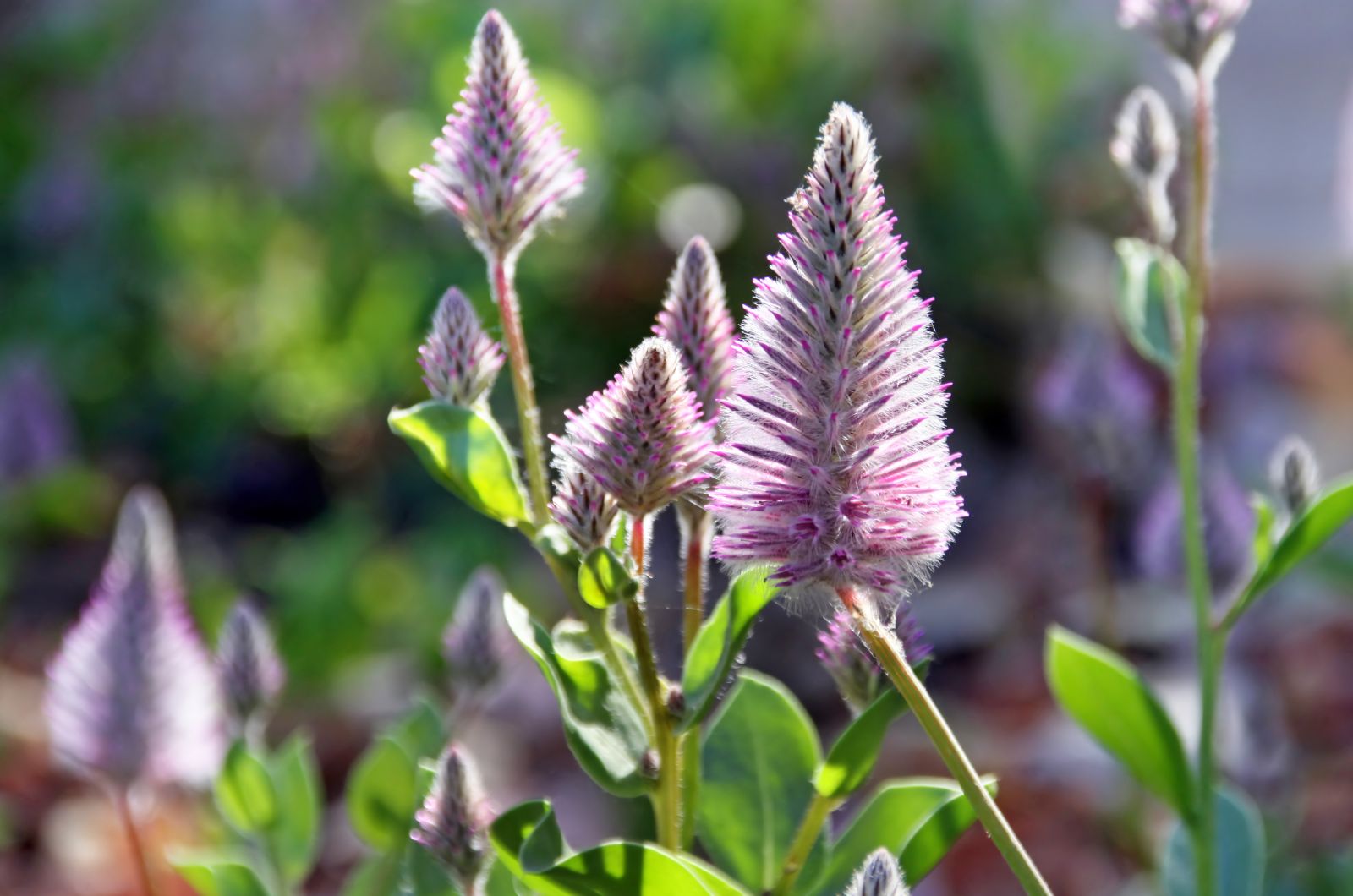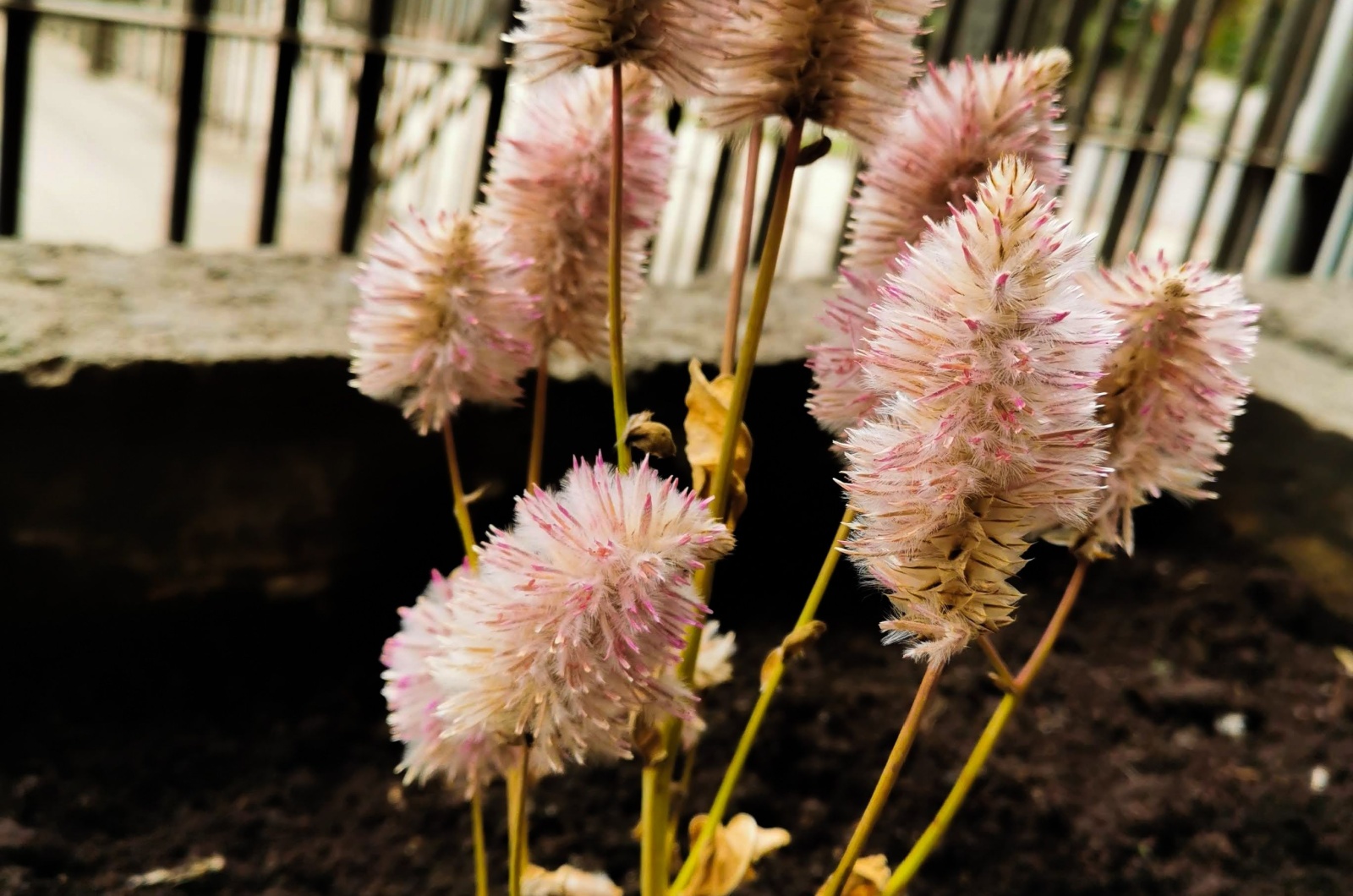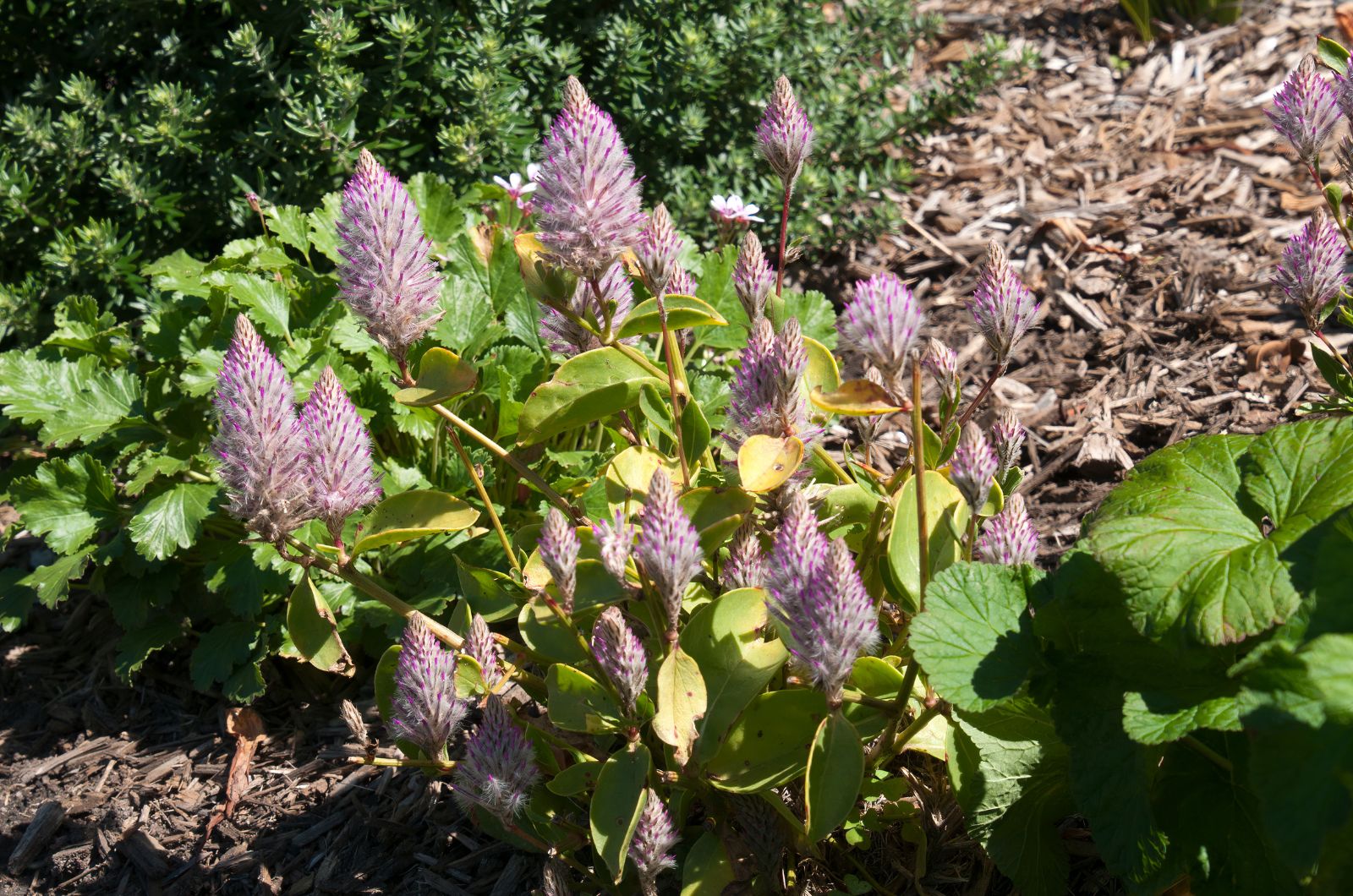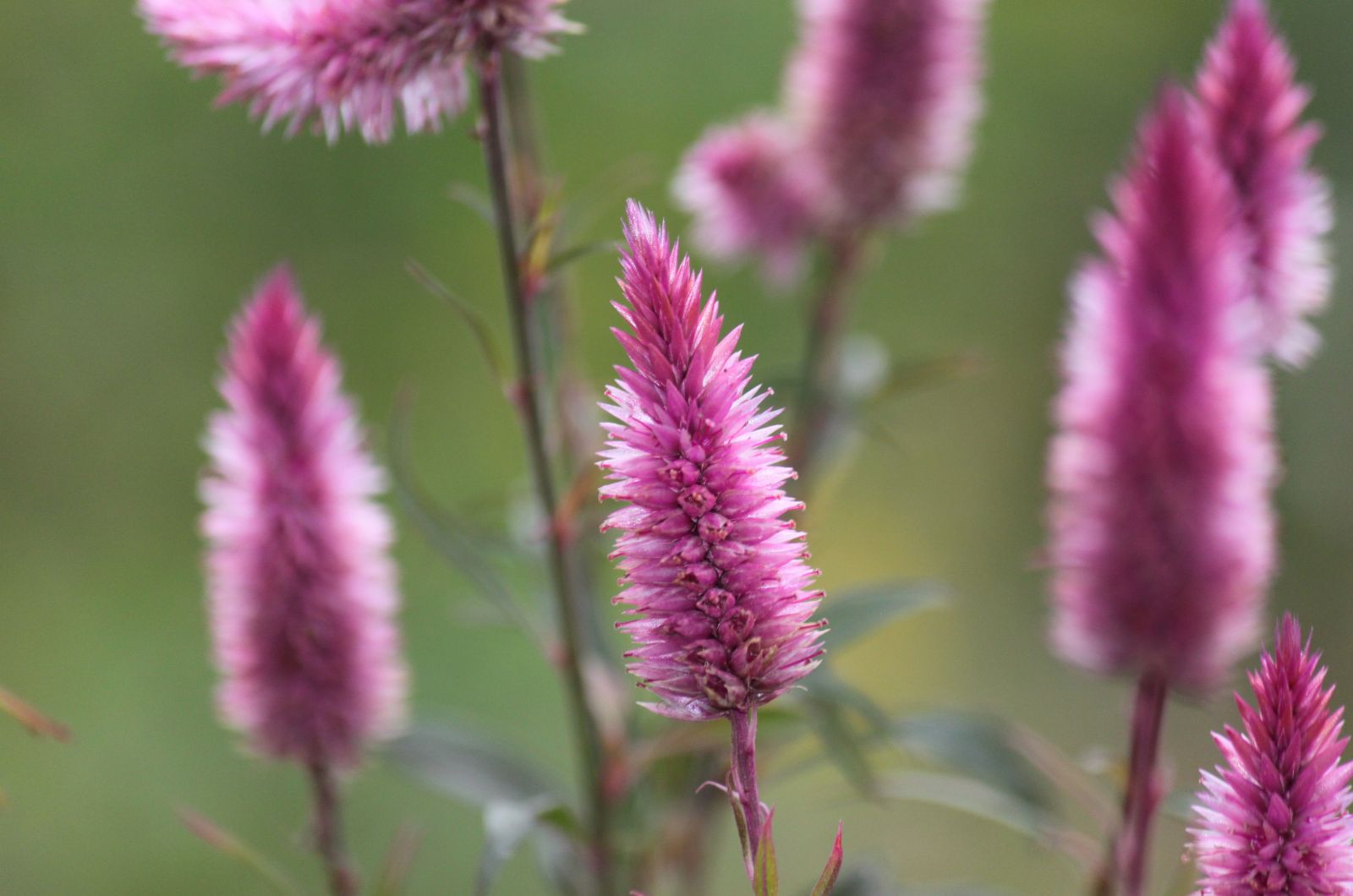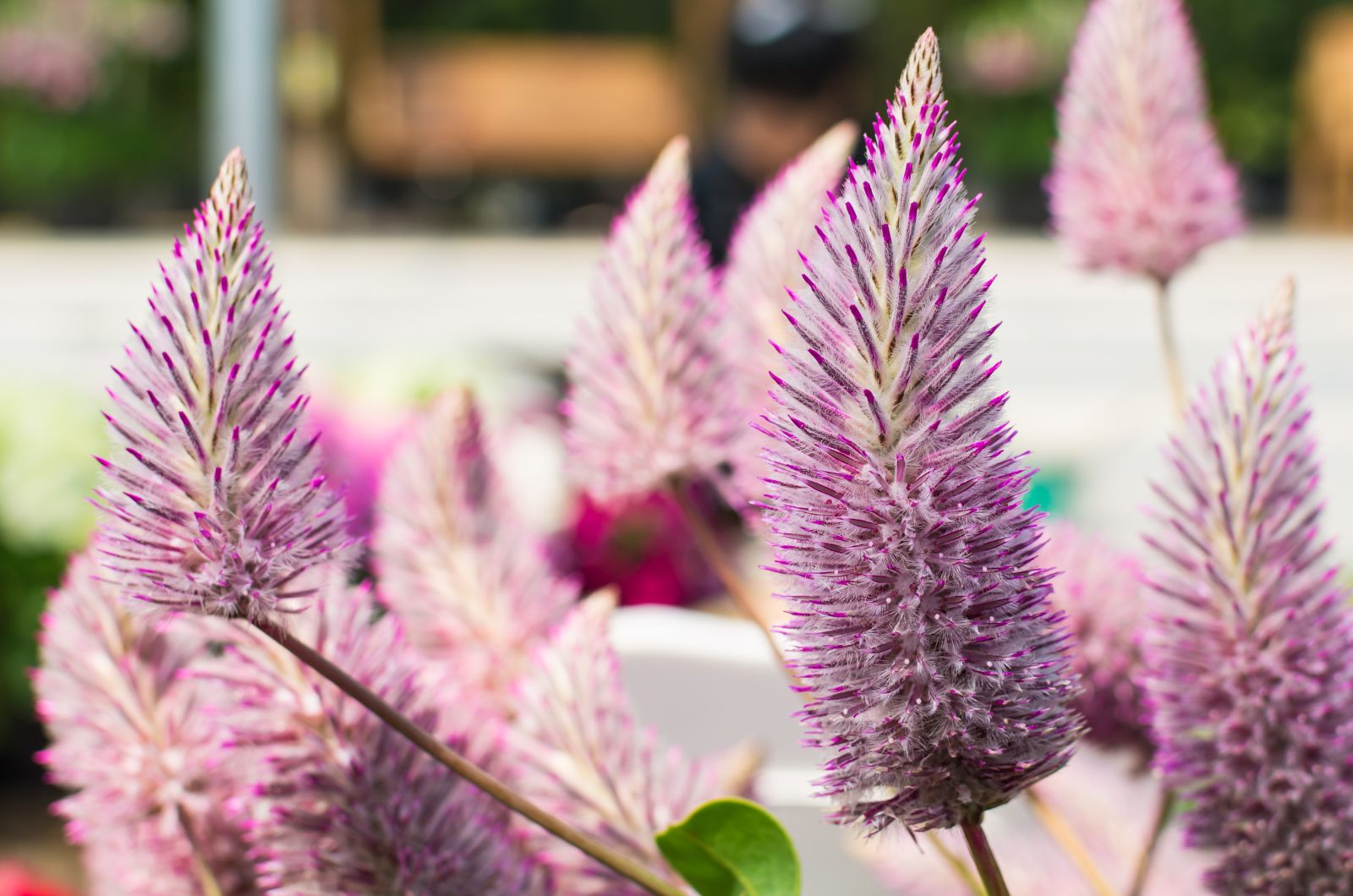If you run out of ideas for the next plant for your garden, I have something special for you. Meet ptilotus, a lovely species known for its feathery bottlebrush-like blossoms.
Silverish-pink hues on the ptilotus plant will leave everyone breathless. This is a pretty new species and the most popular, yet rare, variety is known as Pink Mulla Mulla.
The thick and fleshy foliage of ptilotus comes in silverish green and adds a special type of beauty to the 4-inch-tall delicate plumes.
In this article, I’ll show you how to grow and care for ptilotus, the best varieties to select, and how to get new plants for free.
Let’s get started!
A Complete Ptilotus Care Guide
Here’s what it takes for ptilotus plants to flourish and generate an abundance of their gorgeous blossoms.
Light
Ptilotus plants will grow best and produce the most blossoms if they receive direct sunlight.
When selecting a spot for your ptilotus, make sure it’s exposed to full sun for at least six hours per day.
Watering Schedule
One of my favorite things about ptilotus plants is their ability to tolerate longer periods of drought.
You most likely won’t need to add supplemental water to your ptilotus; however, if it displays severe changes such as wilting, make sure to water it.
Soil And Fertilizer
Ptilotus plants enjoy quick-draining growing substrate that’s loose or sandy. For best results, amend your garden soil with organic matter before planting your ptilotus.
This species is super easy to grow and regular feeding typically isn’t necessary as long as the potting soil meets the ptilotus’ requirements.
However, you can enhance the growth rate of your ptilotus by applying general-purpose fertilizer.
Temperature And Humidity
This is an Australian native plant and it grows best in warmer and drier conditions.
You can see ptilotuses in many Mediterranean gardens, and it also performs well in temperate climates.
However, the essential thing you should do if you live in a region with strong winds is protect your ptilotus.
Pruning
There’s no need for any special pruning when it comes to ptilotus plants. I only recommend deadheading your ptilotus when its blossoms fade away.
This will encourage your ptilotus to generate new growth and improve its overall health.
How To Propagate Ptilotus Plants
The easiest way to propagate these species is through seeds. Propagating ptilotus through cuttings may not be a good choice because this plant is a prolific bloomer and starts flowering soon after displaying new growth at the beginning of the growing season.
If you like a challenge and would like to try the cutting propagation method, make sure to remove ptilotus cuttings on the warmest day with a lot of humidity.
Varieties To Select
I previously mentioned that Pink Mulla Mulla is the most famous variety and absolutely breathtaking. Here are some other ptilotus varieties you can grow.
• Ptilous manglesii: This variety features lovely rose-hued tipped blooms.
• Ptilous nobilis: The blossoms of this variety are flowing and somewhat softer.
• Ptilous spathulatus: If you need a groundcover plant for your cottage garden, this variety is perfect for you.
How To Grow Ptilotus Plants In Containers
If you don’t have enough space for your ptilotus plant, you can grow it in a container. The essential thing is to use a fast-draining soil type and irrigate your potted ptilotus only when the soil dries out entirely.
Remember that these plants grow pretty large in their native habitats, but there are more compact varieties that are suitable for home gardens and containers.


